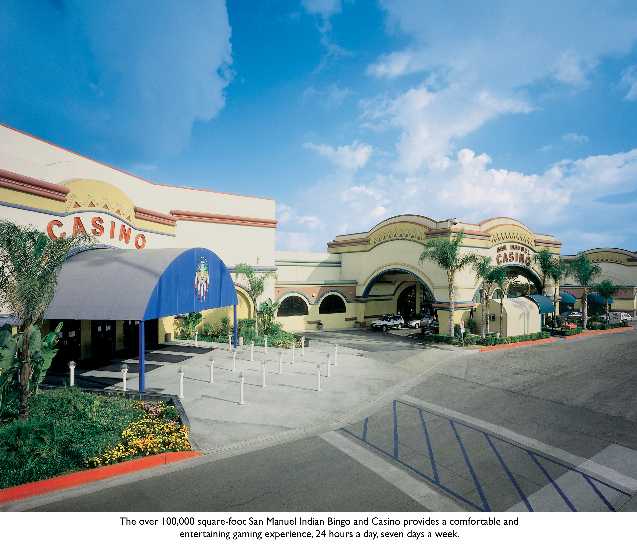By S.E. Ruckman
Thanks to Indian gaming revenues, business savvy tribes are investing in short clips (I loathe to call them commercials) that quickly educate, expand or redefine a tribe’s profile. Commercials usually plug a product so that term could loosely fit.
These clips are like the newest fad in our tribal neighborhood. One tribe started them, others followed while those without them make fun or save their money to get one. When done well, they do garner attention that augments a general pride in our fellow tribesmen.
Media perception is a powerful thing and Indian Country is no less susceptible to the onslaught of subliminal and obvious messages. On the surface, these tribal snapshots seem a triumph; who better than the tribes themselves to say that the old ideas of Indians as passive-aggressive children of Destiny are outdated?
One of the pitfalls of these commercialized efforts is that new Indian stereotypes are often perpetuated by these well-meaning messages. Stereotypes are potent forms of identification and can mistakenly mislead like grandma as wise cook or those with glasses as smart.
If the commercials promote any stereotype, it's the stereotype of the wise, sensitive Indian. Traditionally these Indians are elders, but the ads usually use well-groomed Indians in their 30s and 40s. It's a passing of the baton to the new generation--a modern young group of wise, sensitive Indians.
Of course, Oklahoma's ads may be different. If they are, they'd be wise to take the California Indians' approach. Talk about caring and sharing, not gaming and casinos.
For more on the subject, see San Manuel's PR Strategy and People of the Pines Documentary.
Below: A scene not seen in a typical tribal infomercial.


1 comment:
I think the ads are not enough. For a state that boasts a high population of "progressive" and "modern" natives, Oklahoma is still in the caves rubbing stones together for fire when it comes to media outlets such as a radio station, television programs or cultural events that reflect its large Indian base.
Even the most poverty stricken reservation of the Lakota have KILI radio station which airs daily community and tribal affairs alongside a range of native musical taste and the Navajos as well as the SW areas of the four corners region have native DJs, and I'm not talking about wannabe native hiphopsters that spin records at a Friday night fundraiser.
The rest of Indian country even has comedy troupes such as 49 Laughs Comedy or Pow-Wow comedy, so what and where are Oklahoma natives going? Backwards?
Surely there is at least one tribe in Oklahoma that could invest in radio and television? The Cheyennes supposedly have things in motion, but I bet they face alot of opposition from the FCC, or the white peoples state ran media authority, as I call them. And you might hear an hour or two of pow-wow songs once a week out of Anadarko, but thats it!
Last I checked, the morning bricktown shows only promoted squaredancing and local Anglo culture, but how does this represent a diverse and mixed Oklahoma population?
I think it has alot to do with Oklahoma Indians largely being, and descendants of, converted Christian based Indians while other states still hold reservations with traditional native ways intact and I think it reflects largely on Oklahoma Indians voting conservative, even if its against their own interests and it keeps them in their place as the state wants. Oklahoma does have one of the largest prison industries with natives and women being their most favored customers, but you'll almost never see Indians on TV, or hear them on the radio.
Post a Comment